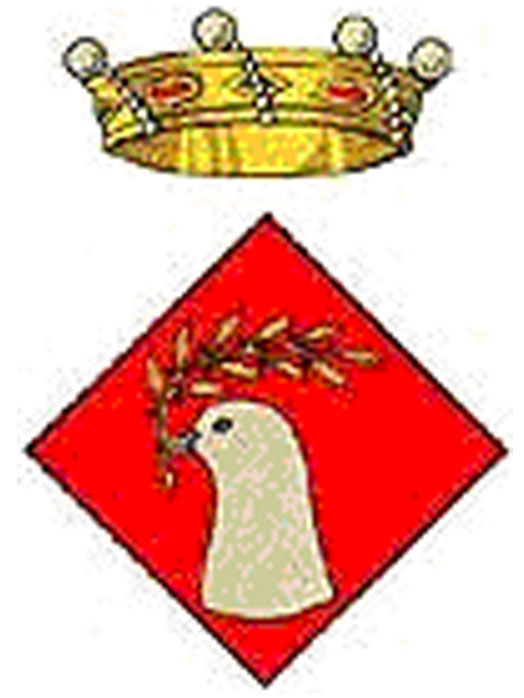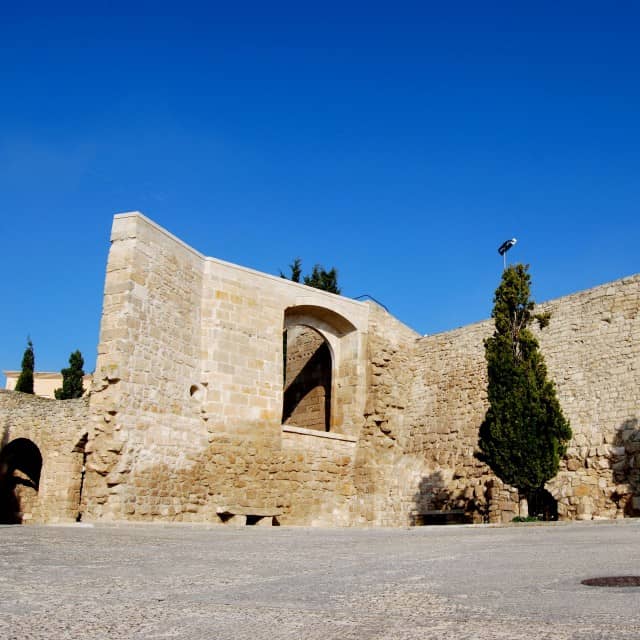-
Pl. Generalitat, 3
25140 Arbeca - 973 16 00 08
- 973 16 04 59
- ajuntament@arbeca.ddl.net
- https://www.arbeca.cat
Arbeca is the third most populous village in Les Garrigues, with 2100 inhabitants (2022). It is the birthplace of a special variety of the olive- Arbequina olive.
lf you take the old route, you will find the ancient castle of the Dukes of Cardona, the market square, the parish church with its spectacular altarpiece, Plaça Major square with the arcades that hark back to a magnificent past, and the old hospital. The modern route takes you to the Town Hall (Ajuntament) and to the rural Cooperative with its modernist facades (designed by Cèsar Martinell), the modern Plaça del Toll and the municipal sports complex.
In the middle of the village there is the Municipal Museum of the Mill “Molí de l’Argilés”, the oil mill that was recovered practically in its entirety. It possibly dates back to the beginning of the 19th century, and the actual hydraulic presses were added in the 1920s. The mill stopped working after the Civil War.
To the the north-east of the area, we find Els Vilars. This particular toponym is applied to two archaeological sites: a virtually untouched unexcavated Roman town, and a fortress from the early Iron Age, built around 750 BC. The latter survived untill the Iberian era in the 4th century BC and was abandoned shortly after 350 BC. The fortress is an example of an exceptional and unique archaeological complex, and in 1998 it was declared a Cultural Property of National Interest by the Government of Catalonia.
On the outskirts of the village, there are remains of Santa Caterina hermitage, Font de la Juliana spring, the ancient lberian settlement of Els Vilars (declared a cultural heritage site of national interest), and Sant Miquel church in the now-vanished settlement called Les Borgetes de Salena.
The most popular festivals are the Arbeca Sardanista Gathering (on the Day of Sant Jaume), the Festa Major (on the Day of Our Lady in August), and the Santa Caterina Fair and Arbequina Olive Fair (at the end of November).





